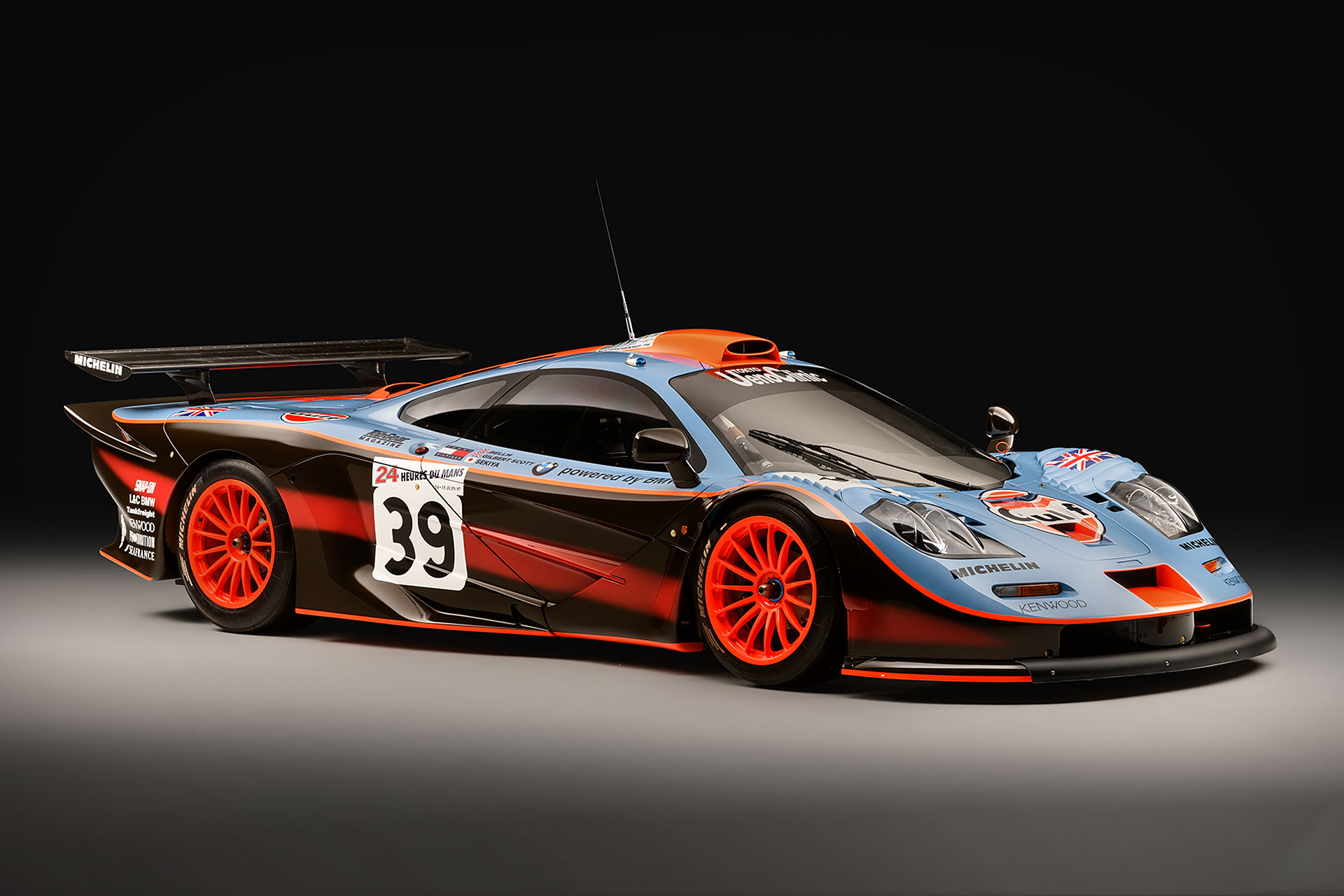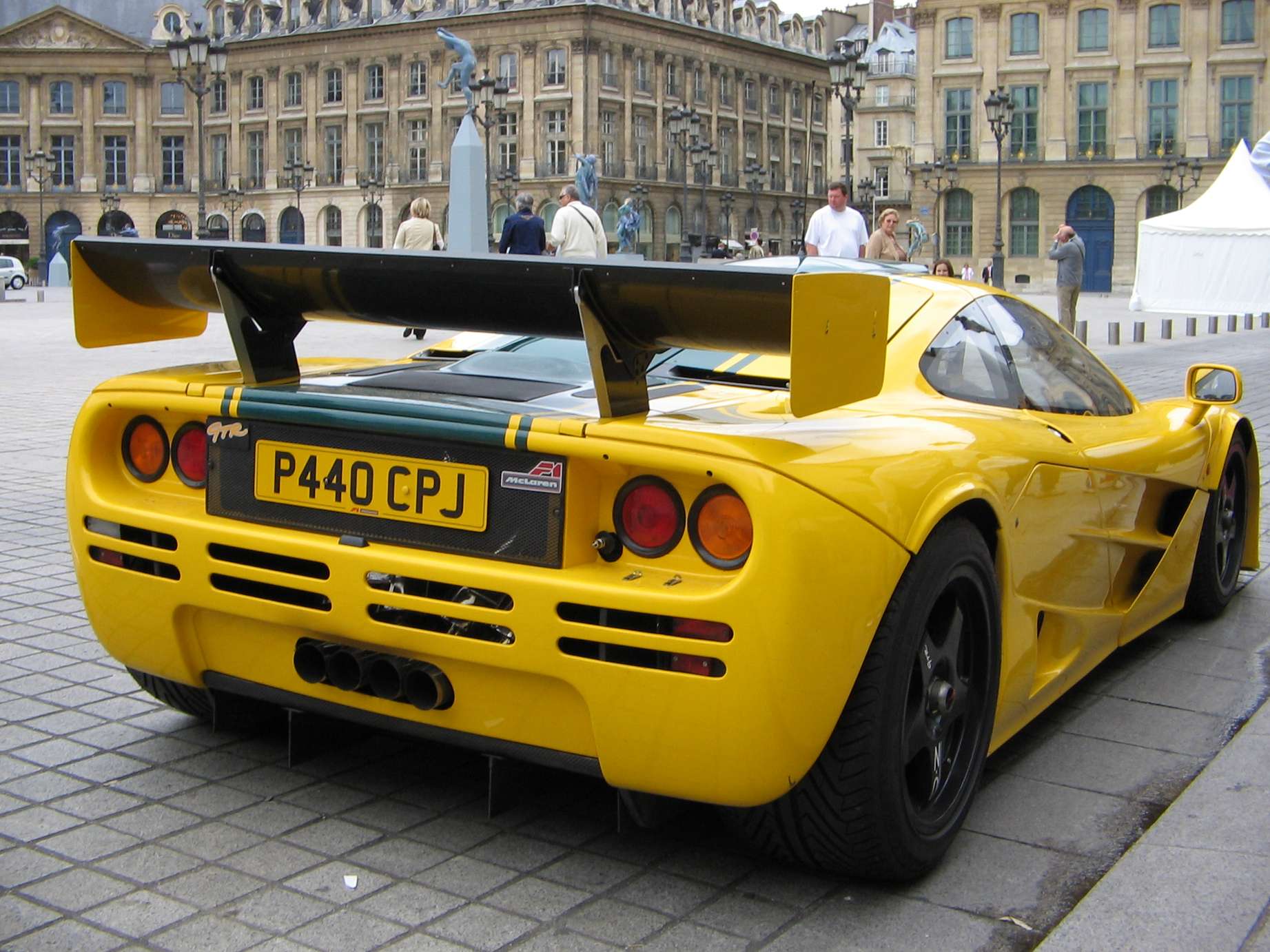

#Mclaren gtr plus
Car histories: all 28 F1 GTRs receive detailed resumés of their lifetimes, complete with period and modern photographs showing them in their myriad guises, often with various changes of colour and livery over the years, plus conversions to road use.Twilight years in Japan: two F1 GTRs soldiered on in Japan from 1999 to 2005, achieving one more victory, at Miné in 2001.Racing in 1998: Steve O’Rourke’s privateer F1 GTR Long Tail achieved a remarkable fourth overall at Le Mans, but by now the FIA GT Championship had become a Mercedes benefit and the two participating McLarens were outclassed.Racing in 1997: the F1 GTR evolved into Long Tail form and a BMW-funded team arrived to join the action, taking all five McLaren victories in the new FIA GT Championship, although the Schnitzer-run team’s quickest drivers, JJ Lehto and Steve Soper, narrowly missed out on the title.Racing in 1996: a second all-conquering BPR season delivered the championship title to Ray Bellm in his Gulf-sponsored car, partnered by James Weaver, while a campaign in Japan’s national championship saw John Nielsen and David Brabham crowned champions.Racing in 1995: besides the celebrated McLaren victory at Le Mans, F1 GTRs dominated the BPR Global GT Endurance Series, winning 10 of its 12 rounds, with John Nielsen and Thomas Bscher narrowly emerging as champions in Bscher’s West-sponsored car.Design and development of the F1 GTR, including thoughts from Gordon Murray, the car’s designer and also writer of this book’s foreword.This sumptuous book outlines the life of the McLaren F1 GTR in exhaustive depth, with Volume 1 devoted to race-by-race narrative and Volume 2 to individual car histories and the stories of the people who raced them, all supported by over 775 colour photographs. Built at the request of race teams, such as those owned by Ray Bellm and Thomas Bscher, in order to compete in the BPR Global GT Series, the McLaren F1 GTR. With 28 examples built over three seasons, the F1 GTR was fabulously successful, winning 41 of its 131 races and taking two international championship titles. Derived from the BMW V12-powered three-seat McLaren F1 road car, the F1 GTR only came into existence because of customer pressure on designer Gordon Murray to produce a racing version. The weight was reduced to a total of 910 kg.Twenty-five years on from its famous début victory in the 1995 Le Mans 24 Hours, the wonderful McLaren F1 GTR is the subject of this major two-volume history. A total of ten McLaren F1 GTR '97s were built. Due to the heavily modified bodywork, the McLaren F1 GTR '97 is often referred to as the "Longtail" thanks to the rear bodywork being extended to increase rear downforce. The engine was slightly destroked to 6.0L instead of the previous 6.1L. Weight was further reduced and a sequential transaxle was added. With the F1 GT homologated, McLaren could now develop the McLaren F1 GTR for the 1997 season. The weight was reduced with around 100 kg from the 1995 GTR edition and the engine was kept detuned at 600 HP to comply with racing regulations. The car was driven by David Brabham and John Nielsen. McLaren F1 GTR '96 chassis #14R is notable as being the first non-Japanese car to win a race in the All-Japan Grand Touring Car Championship (JGTC). Nine more F1 GTRs were built to 1996 spec, while some 1995 cars were still campaigned by privateers.

To follow up on the success of the McLaren F1 GTR into 1996, McLaren further developed the '95 model, leading to a size increase but weight decrease. It was powered by the naturally aspirated BMW S70/2 V12 engine. In total, nine McLaren F1 GTRs would be built for 1995. The McLaren F1 GTR is the racing variant of the McLaren F1 sports car first produced in 1995 for grand touring style racing, such as the BPR Global GT Series, FIA GT Championship, JGTC, and British GT Championship. The McLaren F1 GTR would go on to take its greatest achievement with 1st, 3rd, 4th, 5th, and 13th places in the 1995 24 Hours of Le Mans, beating out custom built prototype sports cars.

The cars extensive modifications included changes to body panels, suspension, aerodynamics and the interior. Built at the request of race teams, such as those owned by Ray Bellm and Thomas Bscher, in order to compete in the BPR Global GT Series, the McLaren F1 GTR was a custom built race car which introduced a modified engine management system that increased power output - however, air-restrictors mandated by racing regulations reduced the power back to 600 hp (447 kW) at 7500 RPM.


 0 kommentar(er)
0 kommentar(er)
